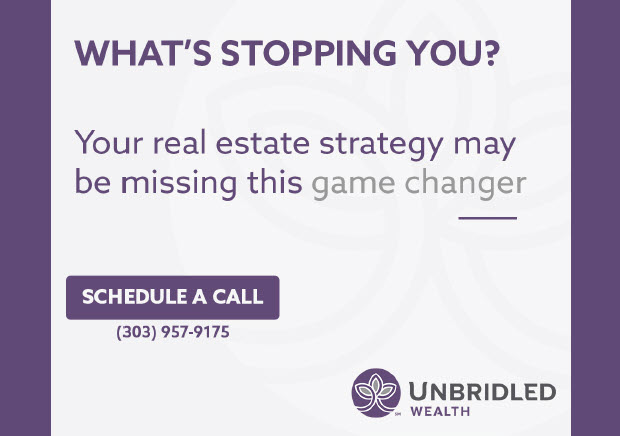The Privatized Family Banking System Part III of IV-Part Series
*Read Part 1 here: http://bit.ly/3Wky3mF & Part 2 here: http://bit.ly/3Jiyrzt
PART III.
It is advised you go back and read Part 1 before continuing below, to get the full context of what is going on. In the previous article, we talked about the best vehicle for Infinite Banking — properly structured, dividend paying whole life insurance, from a mutual carrier. Next, we will break down various details.
The intent behind what is outlined below is to help you see an alternative way to have your money flow, in contrast to what is generally taught in public circles, the traditional education system and the financial world as we see it from the publics side. It is also to help set up the next generation for greater financial success (or at least provide some financial relief), and to have the ability to utilize the Privatized Family Bank instead of traditional lenders.
This is the Infinite Banking Concept.
Unstructured Loans. Once one has a banking system, you are allowed to borrow against the cash value of the policy. Remember, when one borrows against the cash value of a whole life insurance policy, you are borrowing “against” the policy and not “from” the policy. Since you are borrowing against the policy, that means you are literally borrowing the insurance carriers’ money. They care little how long you take to pay back a policy (cash value) loan, because in the end, they are collateralizing the death benefit amount of your policy — one way or another, they’ll get paid back. Death is certain for 100% of its clients who have Whole Life policies for their whole life.
Since they are loaning out their money, they will charge an interest rate. Most carriers will send a bill one time per year for the amount that has accrued from the loan. This interest rate bill is unstructured — meaning — you decide if and when and how long you will take to pay it back. If you do not pay it back that year, the balance will compound (working against you) the next year, and that years interest will be on the new total amount due them. I always advise, where possible, at least pay the interest bill.
Working for us, what this means is that we have access to our cash value, as a loan, but we decide (1) how long we will take to pay it back, (2) how much we will pay and (3) how often we will pay. Now, that is owning and controlling your own policy.
Positive Arbitrage. Combining the two ideas (Uninterrupted Compounding & Unstructured Loans), let’s see how growth can happen on all fronts.
If a policy has a guaranteed growth rate of 4% year over year on the whole, and a loan costs you 5%, there is a plausibility that the true net cost was only 1%. Now, the money you borrowed went and made you 15% (be it a business venture, rental property, etc), you still net 14% in a particular year (15% - 1%).
However, if you loaned your business the money and charged your business the inter
est of the cost (5%), you just deducted 5% cost from that, and increased your net gain even more. In addition, suppose that particular year, the policy cash value also grew an additional 5% in dividends, so now you’ve jumped up to 19% net gain in (4% growth + 5% dividend growth + 15% business profit – 5% cost of loan = 19%).
This can get complex, but you can see how much advantage there is to doing something like this, instead of using the traditional bank. Not to mention, you have also decided the loan terms.
Instead of having to go to a traditional bank to get loans for cars, mortgages, college, busines
s startups, once in a lifetime opportunities - you can go to your policy, or The Family Trust. Imaging how much money one can save in life, not using an outside bank again.
In the concluding article we’ll bring it all home, and show you how one can set this up to work generationally.

